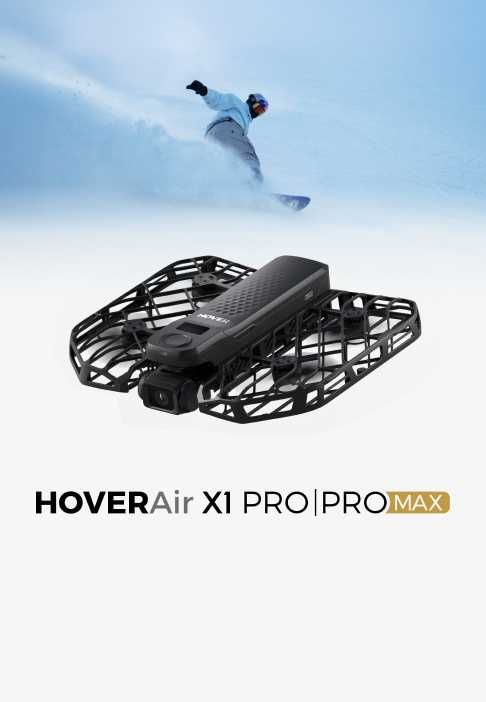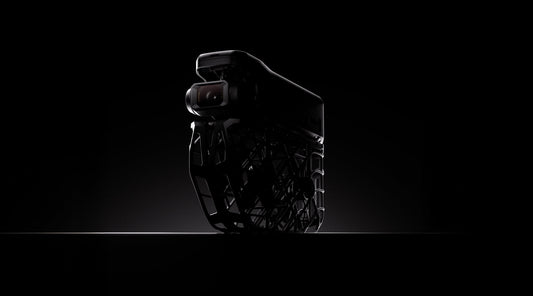Table of content
To shoot exciting and engaging short videos, mastering the techniques of "camera movement" and choosing the right shooting angles is crucial. Fixed shots remain stationary while shooting and are commonly used in live streaming or recording tutorials.
On the other hand, for capturing short film scenes, dynamic shots, or what we commonly refer to as "camera movement" or "tracking shots," involve the camera moving while filming. Common camera movements include pushing, pulling, shaking, panning, tilting, lifting, and shaking.
Common Camera Movement Techniques:
Push in
Pushing involves the camera gradually approaching the subject, continuously zooming in on its features. This technique is effective for highlighting details or creating a specific atmosphere.
For instance, in a scene where a protagonist intimidates someone, pushing the lens can emphasize the intense gaze or clenched fists, intensifying the suspenseful atmosphere.
Pull out
Pulling is the opposite of pushing, where the camera gradually moves away from the subject, revealing the surroundings. This technique is useful for showcasing environments or surprising plot twists. Example video here:
Pan
A pan, or panning shot, involves the camera sweeping horizontally from a stationary position, either to the left or right. Derived from the term "panorama," this camera movement serves to establish locations and track subjects within the frame. While panning is generally viewed as a fundamental camera technique, its versatility makes it a powerful tool for scene-setting. For example, pans can heighten dramatic tension by gradually disclosing to the audience what the on-screen character perceives. Alternatively, they can be employed in exaggerated or over-the-top fashion to achieve comedic effects. Example video here:
Tilt
A tilting shot involves the camera moving along a stationary vertical axis, either from up to down or down to up. Comparable to panning, tilting is commonly employed in establishing shots to introduce characters or settings. When the camera tilts downward, it can evoke a sense of distance or depth, whereas tilting upward imparts a grandiose ambiance. Example video here:
Following
Following entails the camera tracking the movement of the subject, mirroring their every step. This technique effectively captures changes in the surrounding environment when the main subject is in motion.
Combining following, pushing, pulling, and panning can enhance the overall visual impact. Example video here:
Crane shot
Raising and lowering uses a lifting mechanism to elevate or lower the camera while shooting. This technique is often employed for capturing large-scale scenes, emphasizing the overall environment, or highlighting specific features of tall objects.
Example video here:
Shaky Cam
Shaking involves irregular, unpredictable movements, suitable for creating earthquake-like effects, dizziness, or scenes seen during car rides. Example video here:
Zoom
Zooming is a frequently employed camera technique to inject a swift burst of visual allure. A well-timed zoom has the potential to infuse vigor or intensity into a scene, or to highlight a crucial detail. Its ubiquity has, however, turned it into a bit of a crutch for videographers seeking to elevate the intrigue of a shot. Guard against defaulting to camera zooms! Instead, endeavor to deploy them in imaginative and engaging ways that enhance your narrative. Consider zooming in (or out) from an unexpected but significant subject or figure in your frame. Alternatively, utilize a rapid zoom to inject an additional dose of visual adrenaline into a high-paced video. Example video here:
10 Types of Camera Angles:
Close-up Shot:
A close-up shot is the smallest among all types of shots. Initially created by directors like Griffith, it is used to capture the facial expressions of people, specific body parts, or details of objects, allowing the camera to tightly grasp the character. It is commonly employed to emphasize and vividly portray the character's emotions and subtle movements, contributing to the creation of intense atmospheres and emotions. Serving to highlight, accentuate, and exaggerate the importance of specific elements, it is sometimes referred to as a "Choker" when focusing on the upper part of the character's neck adorned with a necklace. Its introduction and versatile application enhance the expressive power of cinema, establishing it as a pivotal element in the aesthetics of cinematography. Furthermore, it is a favorite and easily memorable technique among audiences.

Medium Close-up Shot:
Between a medium shot and a close-up, starting from the chest or shoulders. Ideal for showcasing facial expressions and hand movements.

Medium Shot:
A medium shot, also known as a "Medium Shoot," refers to a framing where the bottom of the frame is positioned around the knees, capturing either the left or right part of the scene or the partial view of the overall scene. In a medium shot, there is less encompassed in the frame compared to a wide shot, but more than in a close-up. The emphasis is on portraying upper body actions of characters, with the environment taking a secondary role. In film and television productions, medium shots carry significant weight due to their strong narrative nature.

Full Shot:
Captures the complete view of the subject, filling the frame from head to toe. Ideal for showcasing movement and environment simultaneously.

Long Shot:
A long shot, also known as a "Long Shoot," offers a broad perspective commonly used to showcase the passage of time, the environment, scale, and atmosphere. It is often employed to portray expansive natural landscapes, crowd scenes, war scenarios, and more, with a focus on creating ambiance and evoking emotions. In a long shot, there is less emphasis on capturing subtle movements of individuals, but it subtly conveys the inner emotions of characters through implicit connections and context.

Low Angle Shot:
Positions the camera low, making the subject appear taller and more imposing. Creates tension and a sense of threat.

High Angle Shot:
Places the camera high, making the subject seem smaller and weaker. Enhances the perceived threat from a subjective point of view.

Bird's Eye View Shot:
A bird's-eye view is essentially a special form of an overhead shot, also known as a "God's-eye view." A bird's-eye view involves the camera flying in the sky like a bird, capturing a perspective directly above the subject. When shooting a person lying face up on a bed, a bird's-eye view captures the person's face; when filming a person walking, it captures the top of their head. Bird's-eye view shots are often used to portray spectacular views such as vast cityscapes, expansive landscapes with mountains, rivers, and fields stretching for miles, the dynamic flow of steel in a battlefield, or the endless expanse of the sea.
This perspective evokes a macroscopic emotional connection for the audience toward the elements within the frame. The bird's-eye view angle effectively showcases complex action scenes, broadening the viewer's perspective and adding an overall sense of impact.

Point-of-View Shot (POV):
A subjective visual shot, commonly referred to as a POV (Point-of-View) shot, showcases the scene from the perspective of the character in a first-person view. POV is a cinematographic technique expressing the character's subjective viewpoint, typically employed to captivate the audience's attention.
It enables viewers to experience immersive and highly empathetic sensations. This technique is not limited to feature-length or short films and can be utilized in various contexts, adding a sense of realism and immediacy. It holds significant weight, particularly in psychological and horror genres, contributing to a heightened sense of presence and engagement.

Over-The-Shoulder Shot:
An over-the-shoulder shot, also known as a reverse shot, involves the camera positioned with its back to one character and facing another. In the frame, viewers see the shoulder and back of one person, establishing a line of sight for the audience and providing an intimate perspective. Over-the-shoulder shots are commonly used in scenes with character dialogues, serving as a relational shot that illustrates the spatial relationship between characters. By placing the audience in the position of an onlooker, it enhances the viewer's sense of involvement and identification with the film.

Conclusions
These camera movements and angles are vital tools for filmmakers, contributing to the overall narrative, atmosphere, and visual impact of short videos and films. Mastering these techniques can elevate the quality and storytelling capabilities of any video production.
















